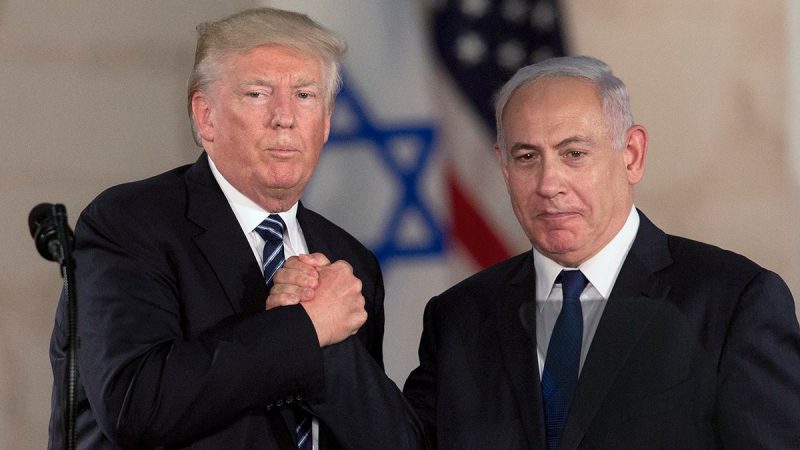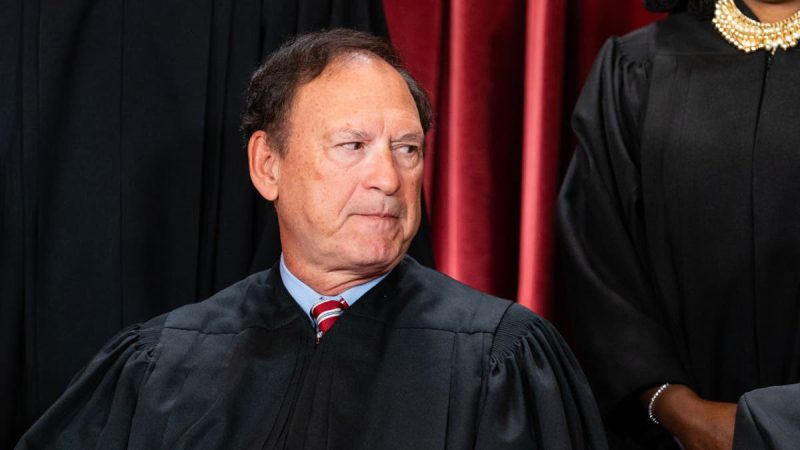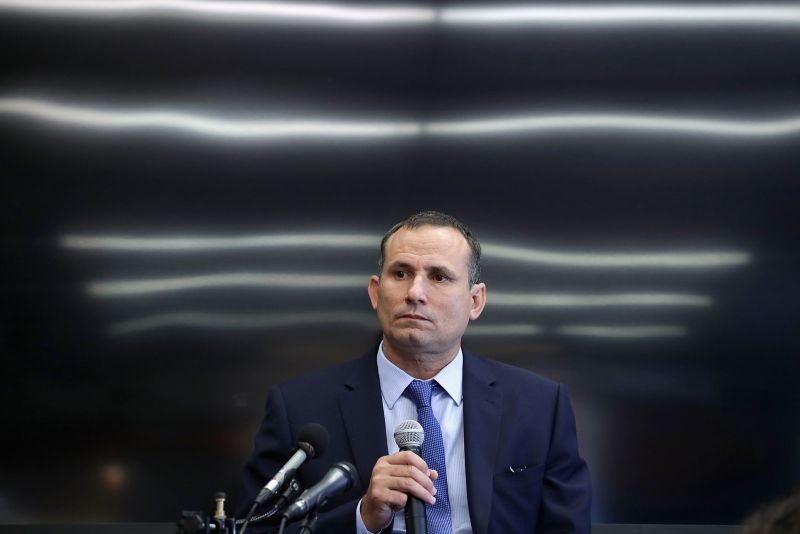
The Department of Justice (DOJ) this week released the final nationwide crime statistics under the Biden administration as the president prepares to leave office.
Following an uptick in violent crime in 2021 during the pandemic, it began to trend down significantly in 2023, ‘including double-digit drops in homicide rates across many major cities,’ according to the DOJ.
In 2024, violent crime continued to go down, according to preliminary DOJ data from 85 major cities.
That included a 17.5% decrease in murder rates. There was also a 7.1% decrease in rape, 3.6% decrease in aggravated assault and 7.8% decline in robbery over the first three quarters of the year.
Between 2021 and 2022, violent crime decreased by 1.7%, which became a 3% decrease between 2022 and 2023, and through the second quarter of 2023 to 2024 it went down by 10.3%.
In the same time spans, the murder rate went down by 6.1% starting from 2021 to 2022, by 11.6% in 2023 and finally by 22.7% in 2024.
‘Since launching the Violent Crime Reduction Strategy in 2021, the Department has made historic progress against the most significant drivers of violent crime,’ Deputy Attorney General Lisa Monaco said in a statement.
She added, ‘This report details the Department’s many successes in implementing its violent crime strategy and serves as a testament to the work of law enforcement officers around the country who have done so much to keep our communities safe.’
Shortly after taking office in 2021, Attorney General Merrick Garland announced that Monaco would be implementing a Comprehensive Strategy for Reducing Violent Crime.
‘Recognizing that every jurisdiction — large, small, rural, urban — faces unique challenges that cannot be addressed by a one-size-fits-all policy — the strategy was data-driven and deployed federal resources, including cutting-edge tools, in the most effective way: to act as a force multiplier for state and local law enforcement on the front lines of the fight against violent crime,’ the report said.
Of the 85 cities included in the statistics, violent crime went up in 23 and down in 62, and murder rates went up in 19 and down in 64, the report said.
The report said that while there is ‘no single cause’ for the decline or increase in violent crime, ‘the work of law enforcement across the country — a partnership between federal, state, local, and tribal law enforcement agencies — has no doubt played a leading role.’
The DOJ said its strategy was to ‘focus on the most significant drivers of violent crime — including gun violence and repeat offenders.’
It also prioritized building trust in communities and investing in community-based prevention and intervention programs.
‘Since the start of this administration, this Department has been laser-focused on targeting the most significant drivers of violent crime — with gun violence at the top of that list,’ Monaco said. ‘Our strategy is data-driven and focuses on doing what we do best: acting as a force multiplier with our state and local law enforcement partners — who are on the front lines of the fight against violent crime — and deploying technology and other cutting-edge tools to go after the individuals most responsible for crime in our communities.’
She added, ‘We are seeing returns on our efforts. After a peak during the pandemic, violent crime is on a downward trajectory — including double-digit drops in homicide rates across many major cities.’
This is President Biden’s last week in office. President-elect Trump will assume office on Monday.



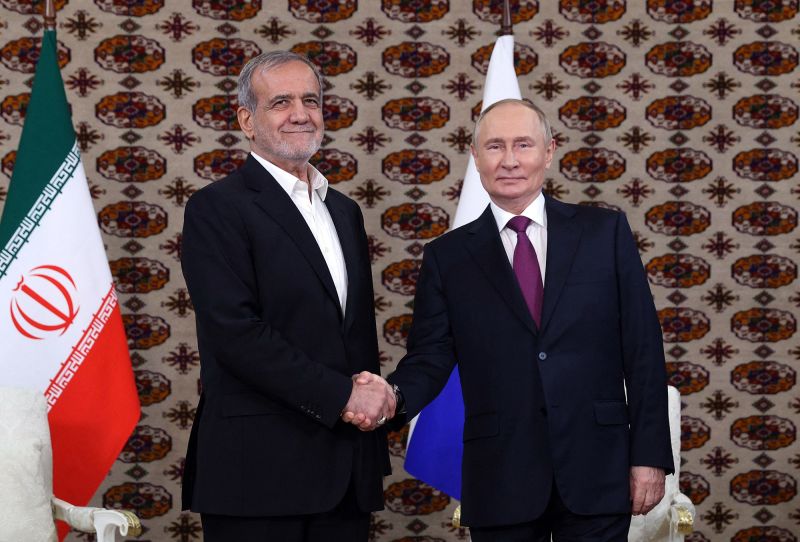

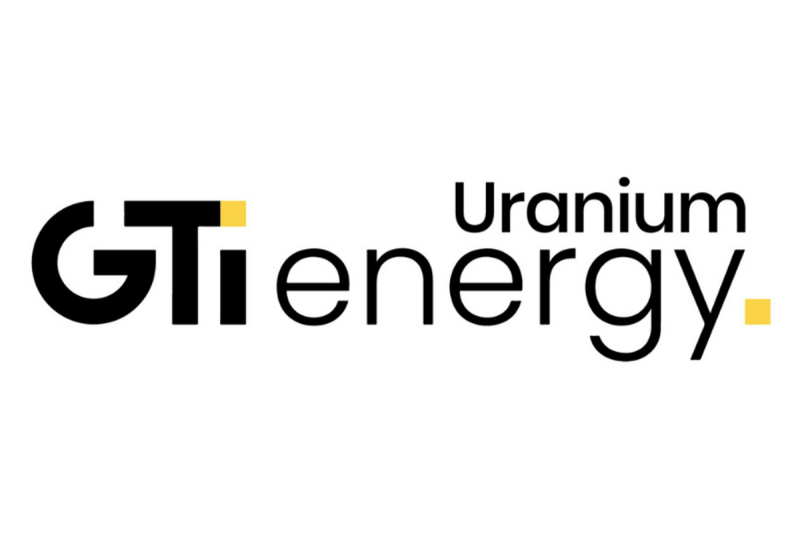
 GTI Energy (GTR:AU) has announced Hydrology Drilling to Support Scoping Study Commenced
GTI Energy (GTR:AU) has announced Hydrology Drilling to Support Scoping Study Commenced
